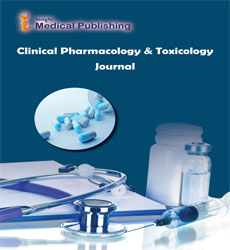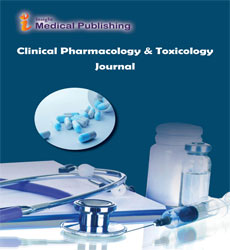An Illustrated Review on Nonionic Surfactant Vesicles (Niosomes) as an Approach in Modern Drug Delivery: Fabrication, Characterization, Pharmaceutical, and Cosmetic Applications.
Abstract
After the beginning of nanotechnology, nanomedicines have attracted great attention for more efficient and safe drug delivery. In this regard, a large number of studies have been allocated to nanosized vesicular systems such as liposomes. Niosomes, the newer generation of vesicular nanocarriers are self-assembled vesicles composed of nonionic surfactants with/without appropriate amounts of cholesterol or other amphiphilic molecules. Similar to liposomes, niosomes can be uni- or multilamellar, have the ability to embed both lipophilic and hydrophilic bioactive substances. Nanosized niosomes can deliver the drug to the active site. Moreover, they have the advantages of improving pharmacokinetics, lowering toxicity, improving the solubility of poorly water-soluble drugs, and bioavailability. Compared to liposomes, niosomes have fewer production costs and more stability during storage. This up-to-date illustrated review covers the composition, fabrication techniques, and their advantages and drawbacks, characterization, administration routes, and pharmaceutical and cosmetic applications of nonionic surfactant vesicles.
Keywords: Nonionic surfactant; niosome; drug delivery; route of administration; vesicular carrier; nanocarrier

Open Access Journals
- Aquaculture & Veterinary Science
- Chemistry & Chemical Sciences
- Clinical Sciences
- Engineering
- General Science
- Genetics & Molecular Biology
- Health Care & Nursing
- Immunology & Microbiology
- Materials Science
- Mathematics & Physics
- Medical Sciences
- Neurology & Psychiatry
- Oncology & Cancer Science
- Pharmaceutical Sciences
